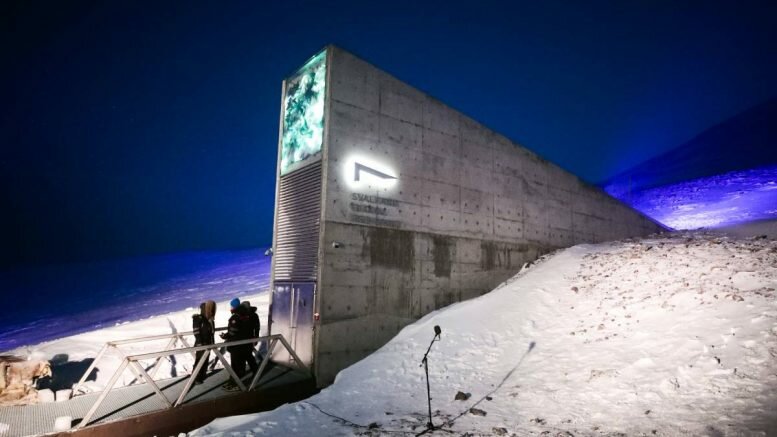Only after a hundred years will the researchers at the seed vault on Svalbard, also known as the “doomsday vault,” find out the answer to the question: How old can seeds become without losing their germination capacity?
The so-called “hundred-year-old experiment” has been launched in late-August at the global seed vault at Svalbard.
The experiment includes seeds of 13 plant species that are important for the world’s food supply, and that should last for 100 years.
“This is a unique project, and it will provide future generations with valuable information about how long seeds can stay alive, and more exact knowledge about how often seeds in gene banks and seed vaults must be renewed,” seed vault coordinator Åsmund Asdal at NordGen said in a press release at the time.
Germination ability
Seeds of good quality can preserve their ability to germinate for many decades, some even for several hundred years.
However, there are significant differences between species, and different conditions during seed cultivation and seed packaging can produce seeds of varying quality.
On August 24, the first seed samples in the experiment have been placed in the seed vault on Svalbard.
A total of six gene banks are participating in the new experiment funded by the Ministry of Agriculture and Food.
The project is led by the Nordic countries’ gene bank, NordGen.
It covers barley, peas, wheat, lettuce, rice, corn, chickpeas, soybean, peanut, pearl millet, pea bean, cabbage, and timothy.
Checks planned every decade
“More knowledge about how long seeds can survive will be beneficial for the gene banks. It’s also important for the work regarding Svalbard’s global seed vault. The seed vault functions as a large bank box for seeds, and it is important to know how often the seeds in the vault must be replaced,” Åsmund Asdal noted.
The first seeds to be included in the experiment next week will be taken out and checked in 2030.
After that, identical seed samples will be tested every ten years until 2120, one hundred years from today.
Results and reports from the experiment will be published throughout the project period and thus contribute to improving routines and guidelines for gene banks in general and the long-term storage of seeds in the seed vault.
© NTB Scanpix / #Norway Today






Leave a comment